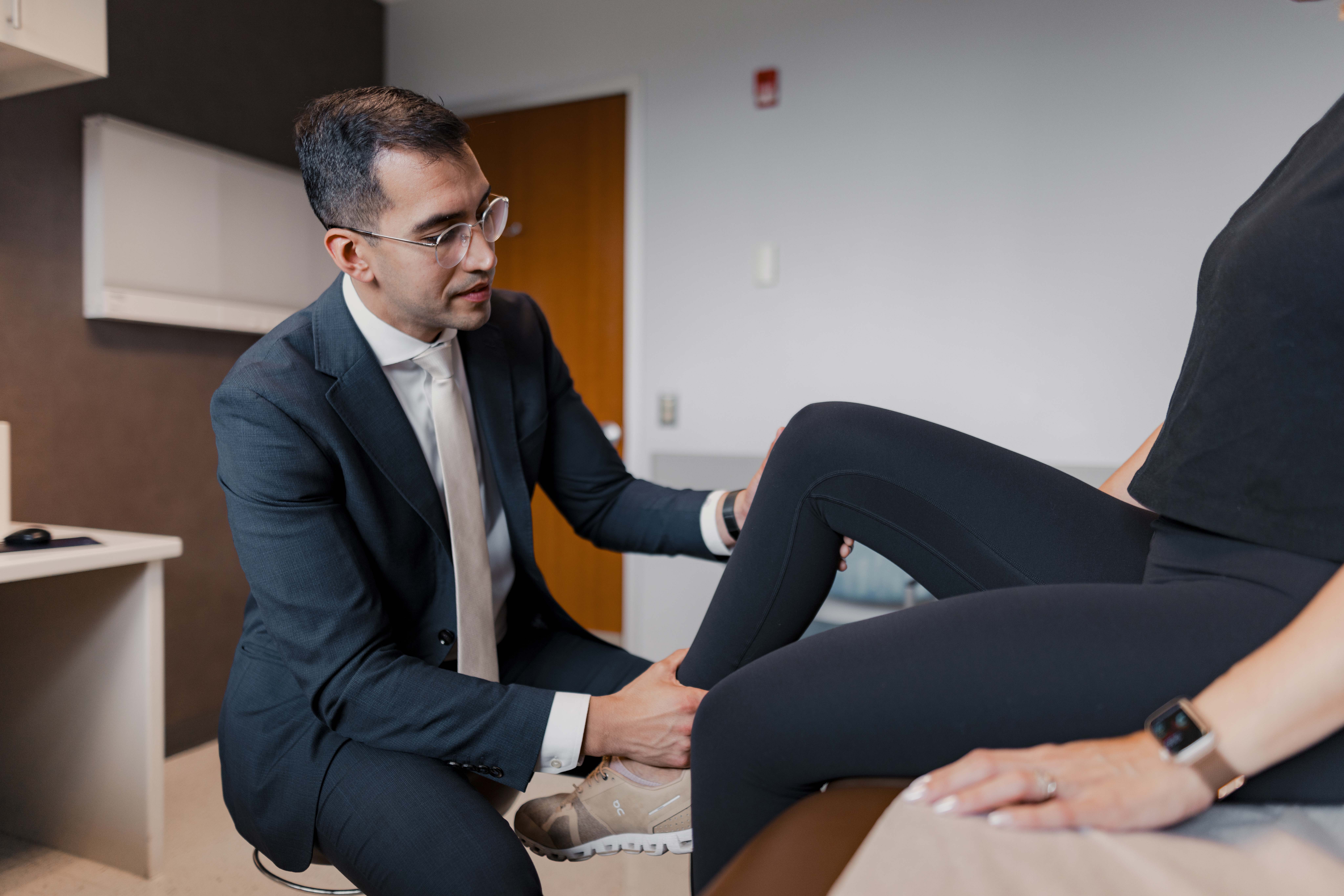
News
Youth baseball players experiencing overuse injuries in greater numbers
Date posted: 3/6/2024
Last updated: 3/6/2024
Table of Contents
Dr. Mark Cohen, hand, wrist, and elbow surgeon at Midwest Orthopaedics at RUSH, and an official team physician for the Chicago White Sox, wants to warn parents about the epidemic he is seeing in his practice: youth baseball players experiencing overuse injuries in greater numbers. These injuries can range from arm pain to a torn ulnar collateral ligament (UCL) in the elbow. Some of these injuries require surgery, including UCL repair, also called ‘Tommy John’ surgery.
“I’m a huge baseball fan and have enjoyed treating professional and youth players for many years,” Dr. Cohen explains. “I love it when we can get a player back on the field. What concerns me is the rate at which Little Leaguers are experiencing big league conditions that may interfere with their body’s normal function as they grow.”
Midwest Orthopaedics at RUSH physicians published a study in 2015 that revealed that the practice’s fastest-growing segment of patients undergoing Tommy John surgery were 15 to 19-year-olds.
"Ten years ago, Tommy John surgery was a treatment for Major League Baseball players," explains Dr. Cohen. “While my partners and I have been performing this surgery successfully on adults, I’m worried that the majority of patients are now under the of age 20. Also, we are seeing an increase in the prevalence of these elbow injuries in adolescents."
Why?
According to Dr. Cohen, the two primary reasons baseball players, especially pitchers, are seeking treatment at younger ages are because of the intensity of year-round play and single sport specialization. Unregulated pitch counts, weighted ball training, and pressure to increase velocity are also factors. All of these contribute to shoulder and elbow overuse injuries. He points to a 2023 study, in the Journal of Shoulder and Elbow Surgery, which showed that among 261 youth and high school pitchers followed over their playing careers, 25% experienced an injury to their arm -- and the rate of players undergoing surgery increased the longer they played.
Playing one sport year-round
For youth and high school pitchers, debate is ongoing regarding the amount of time players should refrain from playing. Pitch Smart (a joint initiative between MLB and USA Baseball) recommends that 15 to 18-year-olds take at least four months off from playing, including at least two to three continuous months off from any throwing. The rise in off-season programs and multiple leagues has made this difficult for some young athletes.
Pitch counts are hard to track
With a goal to reduce stress on young players’ shoulders and elbows, pitch counts were implemented several years ago by Little League International, MLB, and state high school associations. Like any well-intended guidelines, pitching restriction policies can be subject to interpretation, and gaps are often created, increasing injury risk.
Velocity and weighted balls
With MLB pitchers throwing an average of 94 mph today, emphasis has recently been placed on throwing velocity among youth players. Many players and parents see this as a way to advance to higher levels of baseball. Therefore, weighted ball velocity throwing programs have gained popularity across all levels of the sport because some studies suggest that they increase pitch speed. However, experts think this trend has led to a greater rate of injury to the throwing shoulder and elbow.
Recommendations
Dr. Cohen has the following suggestions for parents of youth pitchers:
- Be sure your athlete has received instruction on proper throwing mechanics and technique.
- Understand your child’s league pitch count rules and ensure they are being monitored and followed.
- Consider the amount of time and number of teams your child is playing on. Is it too much?
- Is your child tired much of the time? Consider making adjustments to allow for less playing time.
- Allow your child to rest on non-playing days.
- Encourage your child to play another sport, such as basketball, swimming, tennis, or cycling during the off-season.
- Talk with your child about his or her attitude about playing time. Do they think it is too much?
- Never allow your child to play through pain. If you see he or she is in pain, alert a coach or manager immediately.
- Seek treatment if pain is serious or persists after a day or two.


